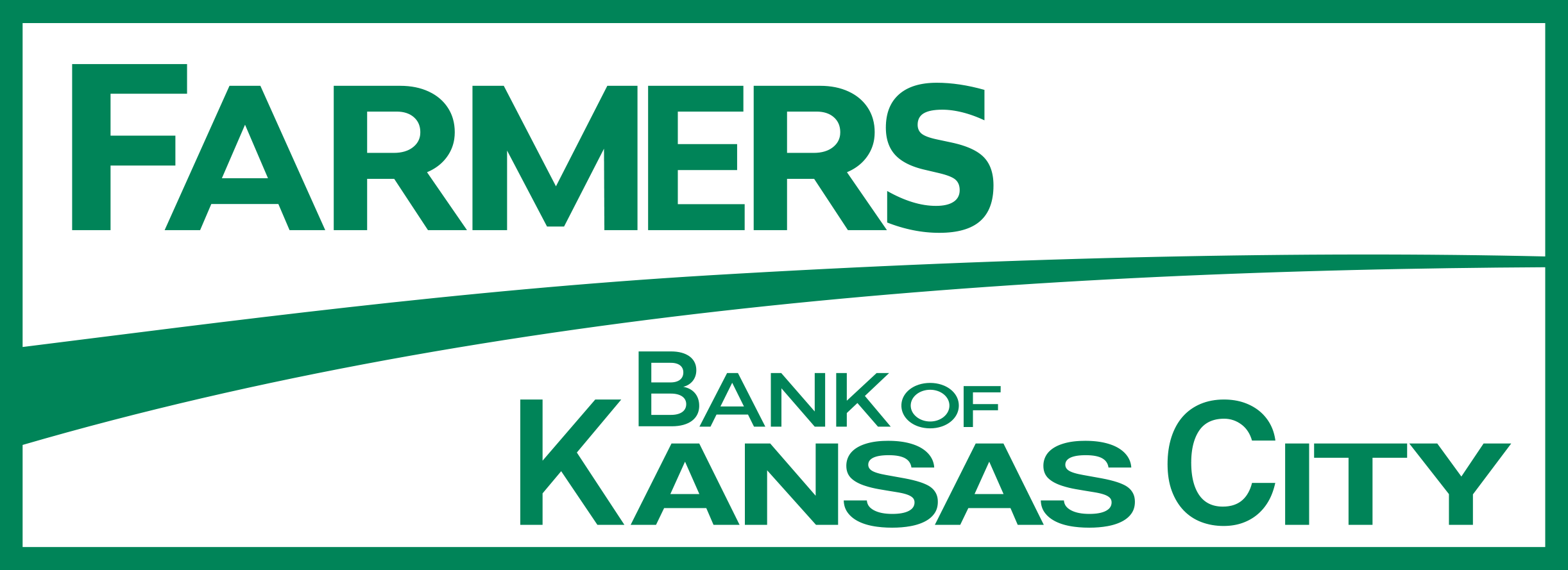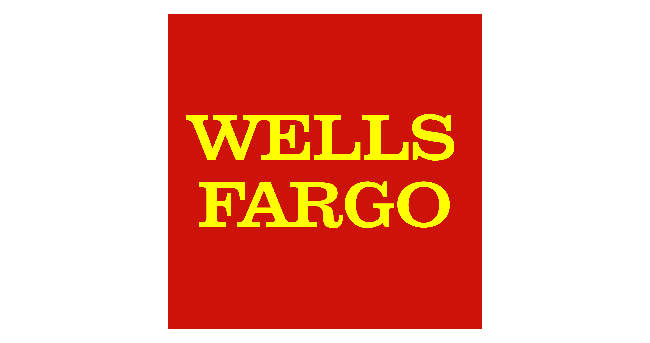
A number of local, state and federal programs offer eligible teachers discounts on homes and attractive mortgage terms. The Good Neighbor Next Door program, for example, sells homes for 50% off the appraised value. Other programs offer down payment assistance, homeownership grants and mortgage credit certificates.
However, these programs are not always easy to navigate. Here’s what you need to know if you want to pursue one.
Compare Top Mortgage Lenders
|
|||||
|
|||||
|
What Is the Good Neighbor Next Door Program?
The Good Neighbor Next Door program offers U.S. Department of Housing and Urban Development-owned single-family homes to eligible buyers for 50% off the list price. Not all HUD homes are designated for the Good Neighbor Next Door program. Homes must be located in a revitalization area and in the same area or school district as the teacher’s place of employment. Borrowers must also meet a three-year residency requirement.
Teachers planning to buy a home with this program must be employed full-time in a state-accredited public or private school for students in pre-K through grade 12.
It’s important to note that Good Neighbor Next Door is not exclusively for teachers; the program is also open to eligible firefighters, EMTs and law enforcement officers.
The discount is given in the form of a silent second mortgage. You’ll need to sign this note, but no interest or payments are due on it so long as the home is your sole primary residence for a full three years from the date of occupancy. Eligible borrowers can apply for an FHA-insured mortgage with a $100 down payment. You can also use an FHA 203(k) mortgage for borrowing additional funds to rehabilitate the home if it needs more than $5,000 in repairs.
You do not have to maintain the same job for the required occupancy period; changing jobs after the purchase does not affect eligibility. But you do still need to certify you intend to stay in the profession for at least one year after closing and complete the required occupancy.
After living in the home for 36 months, you will be released from the obligation to repay the second mortgage. At that time, you are free to remain in the home or sell it and keep any profit.
If you fail to complete the occupancy requirement, you will be responsible for paying back the discount on a prorated basis. You may face administrative sanctions, such as being barred from participating in other federal programs.
Buying a Home Through Good Neighbor Next Door
The program is great for people who can use it, according to Kentucky real estate broker Laine Bowling. “The financial risk is low,” she says. “Fifty percent off leaves you a big cushion to do major renovations if needed and still break even if you decide to sell the home.”
For first-time homebuyers, the program can provide an opportunity to get into a home at a lower price with a reasonable monthly mortgage payment and make money down the road on the home’s sale. “If a seller lists a property for $150,000 and you pay $75,000 for it,” there is instant equity, Bowling says.
- Watch HUD listings to find a home. A limited number of homes are available through this program, and you can search for eligible homes on HUD’s website.
- Connect with an expert. Once you’re ready to see if this program might work for you, you’ll need to connect with a real estate professional who can usher you through the process. Only a registered HUD selling broker can make an offer on a Good Neighbor Next Door Home, and you can find one using the broker search tool on HUD’s website.
- Understand the second mortgage. Good Neighbor Next Door participants should know there is a requirement to live in the property for three years, says Sherri Sampson, senior mortgage banker at Stockton Mortgage in Jeffersonville, Indiana. HUD places a second lien on the property, so if you do not stay in the home for the first three years, you’ll have to pay that lien back.
- Submit a bid. You won’t be pulled into a bidding war on these homes; the sale price is non-negotiable. And according to HUD’s website, “If more than one person submits an offer on a single home, a selection will be made by random lottery.”
- Manage the process. “Once you’re picked, there is paperwork and a strict timeline,” Bowling says. If you fail to comply with requirements, you may lose your chance to buy the home.
Not all homes in this program are move-in ready, so you may need to stay in your current home for a little while after purchase while repairs are made. HUD will provide a list of required improvements. “Go into the process being very flexible,” Bowling says. “Understand your timeline for living in the property.”
What Is the Teacher Next Door Program?
Teacher Next Door is part of the Next Door Programs, which also has programs for nurses and medical professionals, government employees, military, law enforcement and firefighters. It’s designed to streamline the homebuying process for teachers and match them with the program that best fits their needs.
Unlike with Good Neighbor Next Door, pre-K through grade 12 teachers can purchase any home on the market through Teacher Next Door. The program offers:
- Grants of up to $8,000.
- Down payment assistance of up to $10,681 for qualifying teachers.
- Help with identifying government and private programs they might qualify for – such as grants and down payment assistance – plus secure financing and complete a home purchase.
Also worth noting is that the Teacher Next Door Program can be combined with Good Neighbor Next Door. “So you can apply through Teacher Next Door and use a TND Realtor to purchase a Good Neighbor Next Door Home, if available,” said Steve Parks, Teacher Next Door national director.
When you apply through TND, you may be able to combine the benefits with other programs as well, such as Arizona Home in Five, Texas 5-Star Advantage, and other state and federal programs.
“In today’s market, affordability is more of an issue than ever. So we are excited to be able to make home ownership a reality for so many deserving families,” says Parks. “We are able to do their homework for them and put it all in one spot.”
What Is the Homes for Heroes Program?
The Homes for Heroes program is for teachers, firefighters, EMS personnel, law enforcement officials, health care professionals, active-duty military members, military reservists and veterans. The program says it saves qualifying homebuyers and sellers an average of $3,000.
This program helps teachers by:
- Connecting them with a local expert who will help buy, sell or refinance a home, streamlining the process and looking for ways to maximize savings.
- Offering reduced lending fees, as well as title and inspection discounts.
- Providing a Hero Rewards check after closing.
You also can save on purchases for your new home through Homes for Heroes partnerships with businesses such as ADT security systems or Discount School Supply, the latter of which could be beneficial to teachers.
You can register for the program by completing an online form with your name and where you’re interested in buying, selling or refinancing a home. The program will connect you with a real estate or mortgage specialist in your area within 24 hours of you submitting the form.
Homes for Heroes is a for-profit company that contributes a portion of its earnings to the nonprofit Homes for Heroes Foundation, which gives grants to local nonprofits that provide housing or emergency financial assistance to heroes in need.
Mortgage rates inched higher across the board this week, according to the Mortgage Bankers Association. The 30-year fixed rate rose past the 7% threshold again at the start of the spring homebuying season.
Mortgage interest rates are forecasted to decline somewhat throughout 2024, as the Federal Reserve projects rate cuts will begin sometime this year. Here are the current mortgage rates, as of April 10:
- 30-year fixed: 7.01% with 0.59 points (previous week: 6.91% with 0.59 points).
- 15-year fixed: 6.46% with 0.6 points (previous week: 6.35% with 0.56 points).
- 5/1 ARM: 6.41% with 0.67 points (previous week: 6.37% with 0.68 points).
- 30-year jumbo loans: 7.13% with 0.56 points (previous week: 7.06% with 0.57 points).
- 30-year FHA loans: 6.8% with 0.93 points (previous week: 6.74% with 0.9 points).
Do Teacher Unions Offer Homebuying Discounts?
If you’re part of a teacher union or professional association, it’s worth asking if there are any homebuying programs for members. Some that are available now include:
What Are State and Local Homebuying Programs for Teachers?
Teachers may be eligible for other more general down payment assistance and grant programs. Qualification is often based on factors like income limits, location and purchase price.
Typically, these loans are available to buyers whose income is below a set threshold. The loan limit is often a percentage of the purchase price, up to a dollar amount cap. In some instances, payments may be deferred until the home is refinanced or sold, the first mortgage is paid off, or the borrower no longer occupies the home as a primary residence.
In some programs, the down payment assistance is a nonrepayable grant or forgivable loan. The grant or forgivable loan can become repayable under certain circumstances, such as if you fail to complete an occupancy requirement, you sell or refinance the home, or you open a line of credit against the home.
You might qualify for more than one program and be able to stack the benefits. “Sometimes programs can be combined,” Parks says. “Every scenario is different, but someone might qualify for the Teacher Next Door program, a state grant and even down payment assistance.”
Some state and local programs include:
“These programs are out there,” says Bowling, noting that they can give teachers opportunities to live close to where they teach and pay significantly less for a home. “It allows them to purchase their own homes with limited funds.”
















